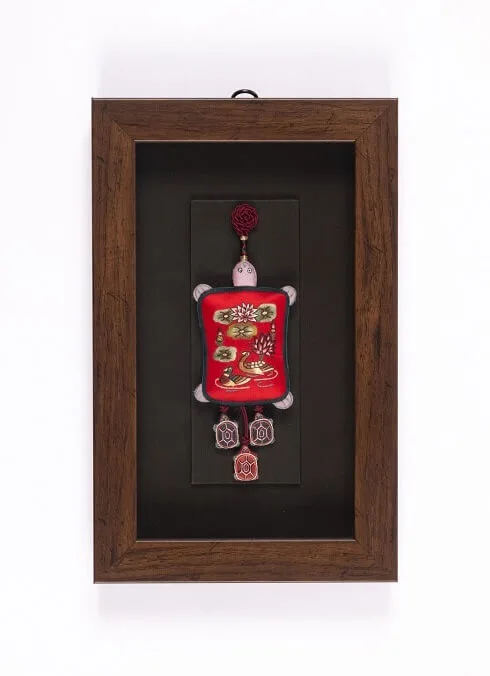
Najeonchilgi
Updated at 2024-04-25
When talking about traditional crafts introduced from China that have successfully spread and developed their own characteristics, South Korea’s najeonchilgi will definitely come up in the conversation. This type of ware is made by inlaying shells, pearl chips, gems, and other materials. The finished products are beautiful and delicate. As there are many decorative styles, this skill that has been passed down for a millennium is still used in modern times to make furniture. Traditional motifs such as flora and fauna have given way to modern ones such as squares or cartoons. The result is wares that are both retro and fashionable.
Language: Korean
Area: 605 square kilometers
Population: Approx. 9,600,000 people
Main Industries/Features: Seoul has listed five strategic industries as key industries to cultivate: international finance and commerce; information and communication; digital content; fashion; and biotechnology. Seoul is located at the center of the Korean peninsula. There are 43 cities with a population of one million or more that can be reached by flying in three hours or less from Seoul. Seoul is located between China and Japan, giving it a unique geographical advantage and allowing it to play an important role as a bridge for communications. Seoul is a core international city in northeast Asia. It hosted the 1986 Asian Games, the 1988 Summer Olympics, and the 2002 FIFA World Cup. South Korea has a temperate climate with four distinct seasons. Each season has unique characteristics and cultural connotations. Seoul's vision for the future is to become a livable and eco-friendly city that combines culture, environment, social benefits, and the economy. It is a warm city with a rich culture, a pleasant and comfortable green city, a vibrant city that embraces the world, and a cultural city with a long history.
相關藏品

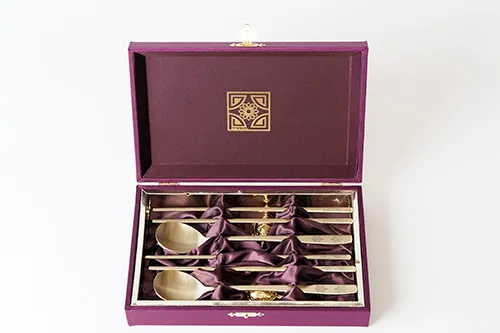
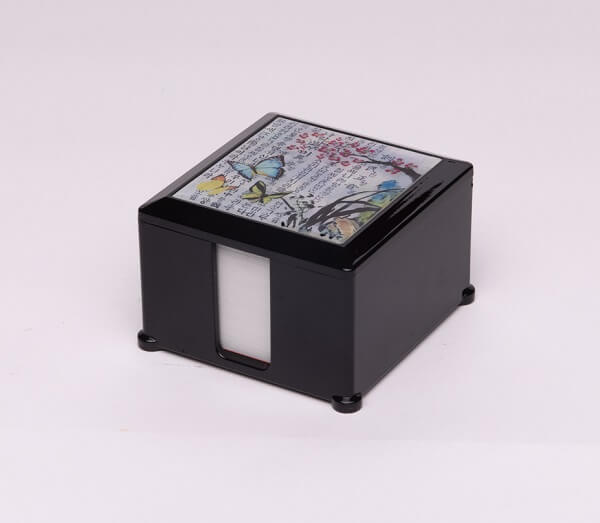
.jpg)
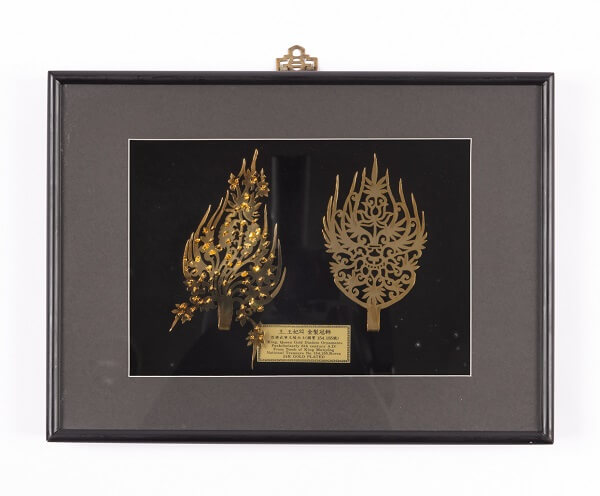
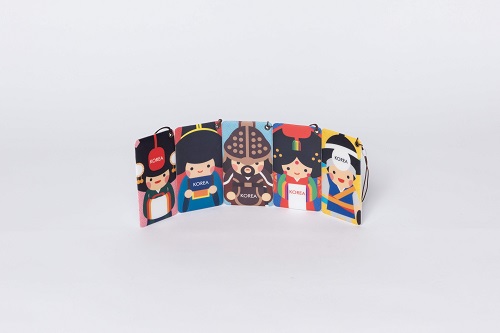
.JPG)
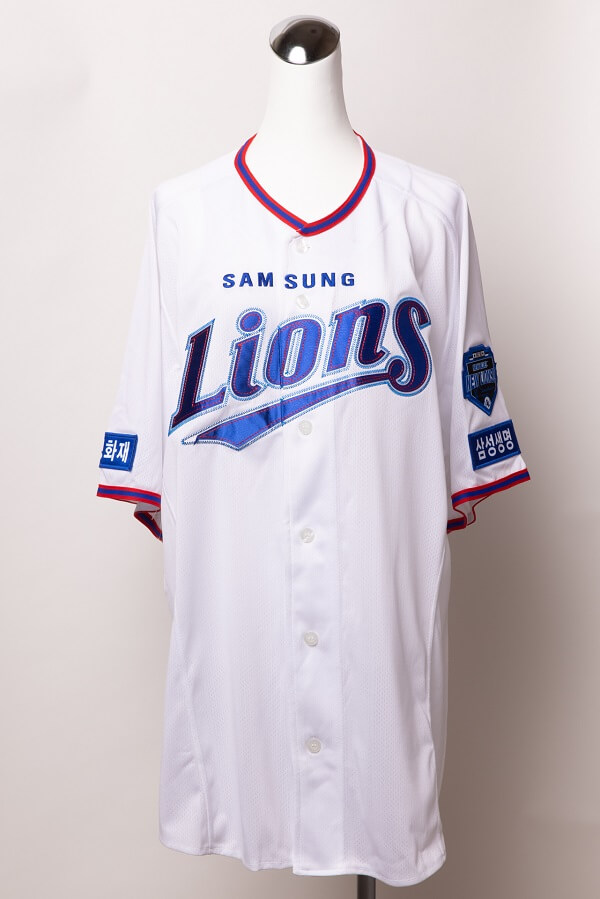
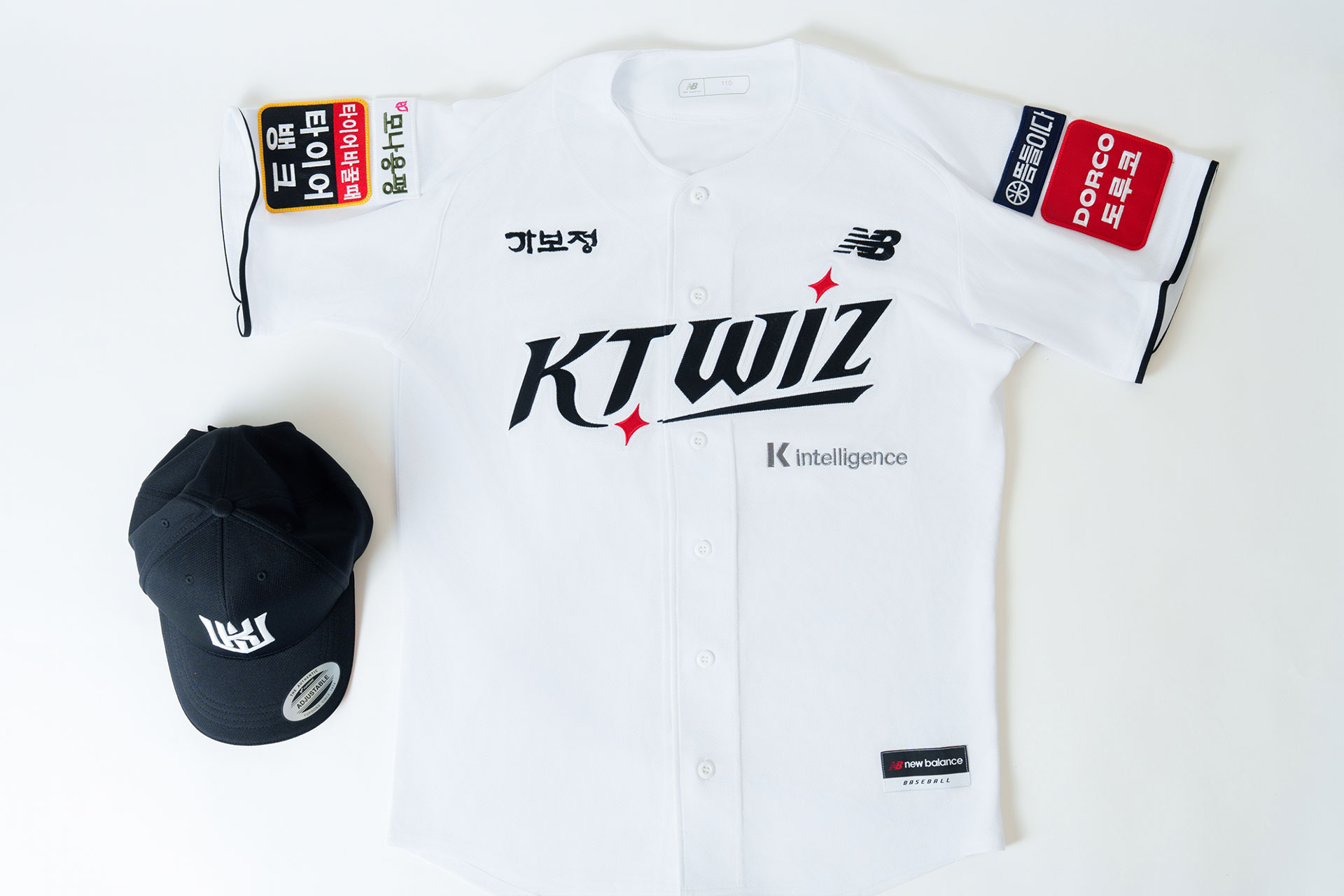
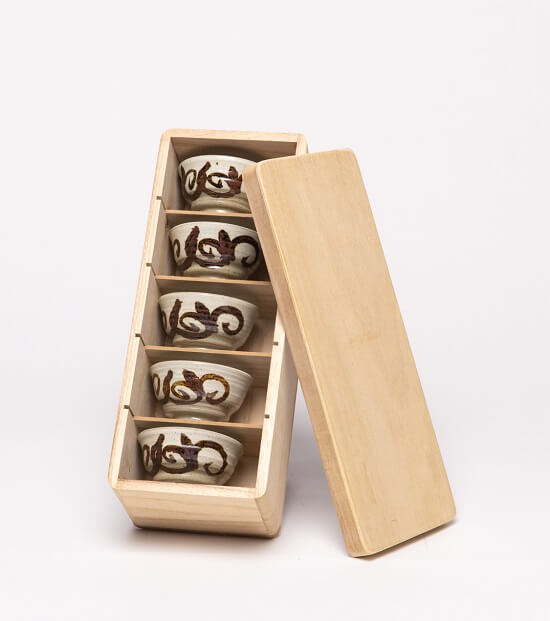
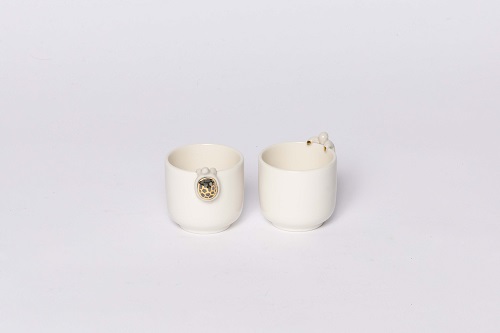
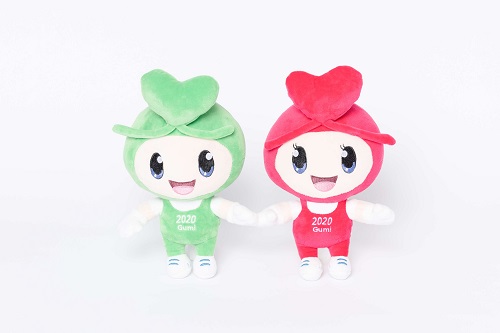
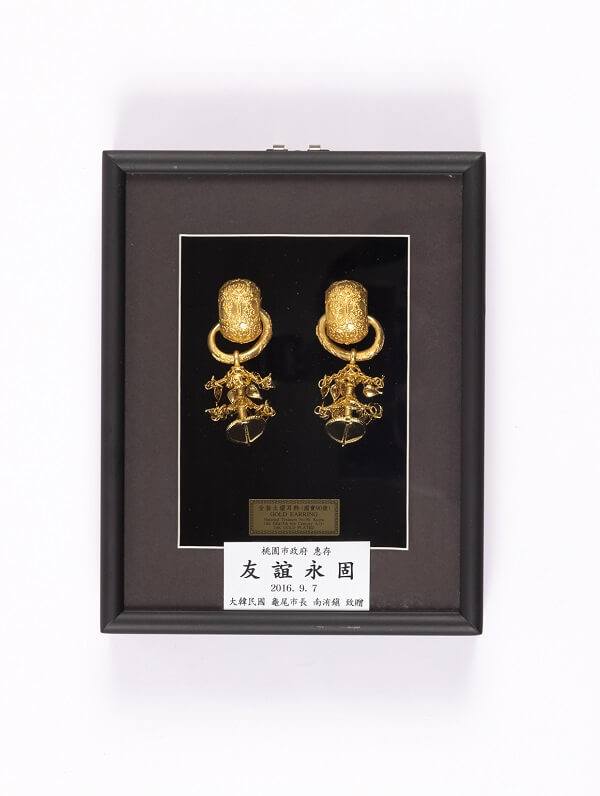
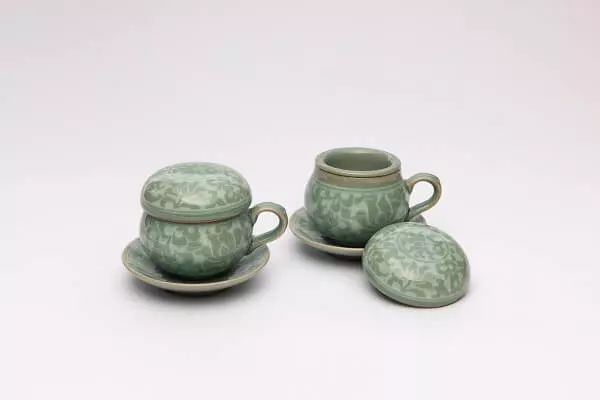
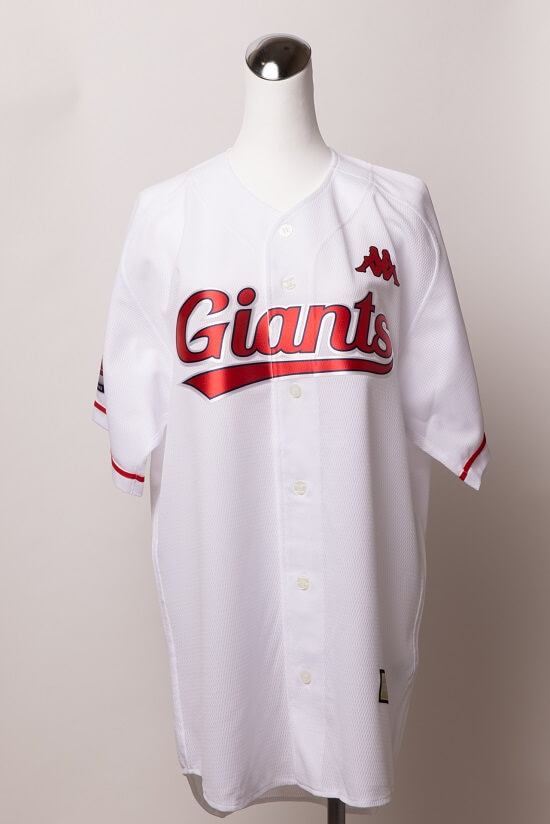
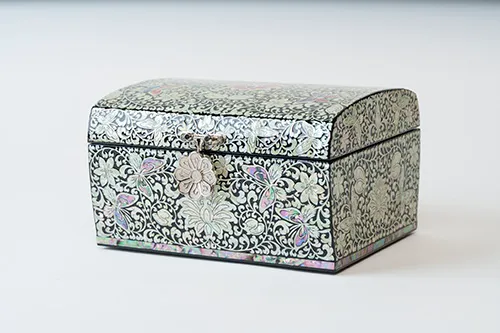
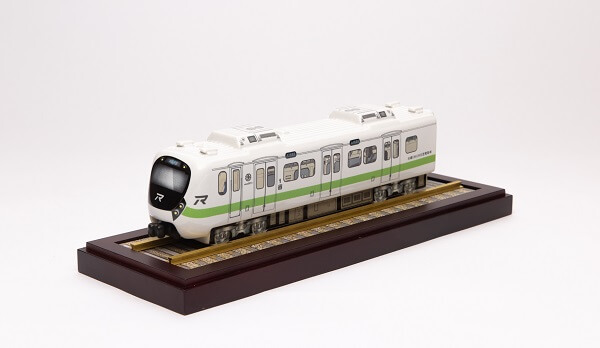
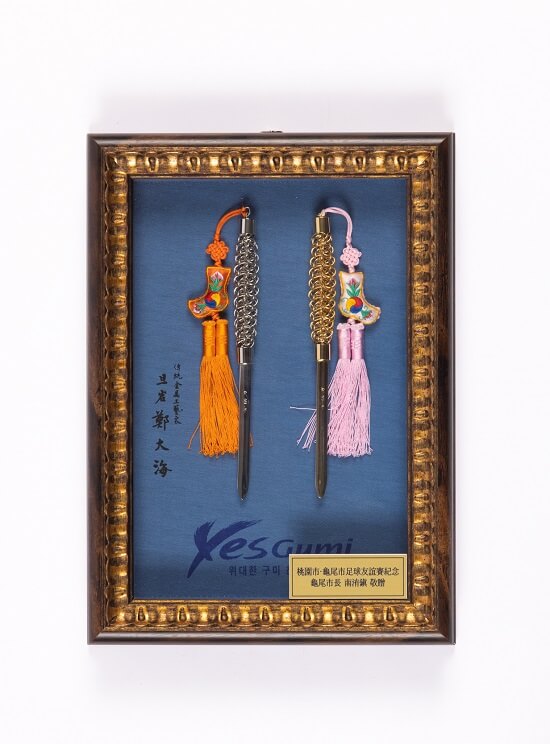
.JPG)
.JPG)
